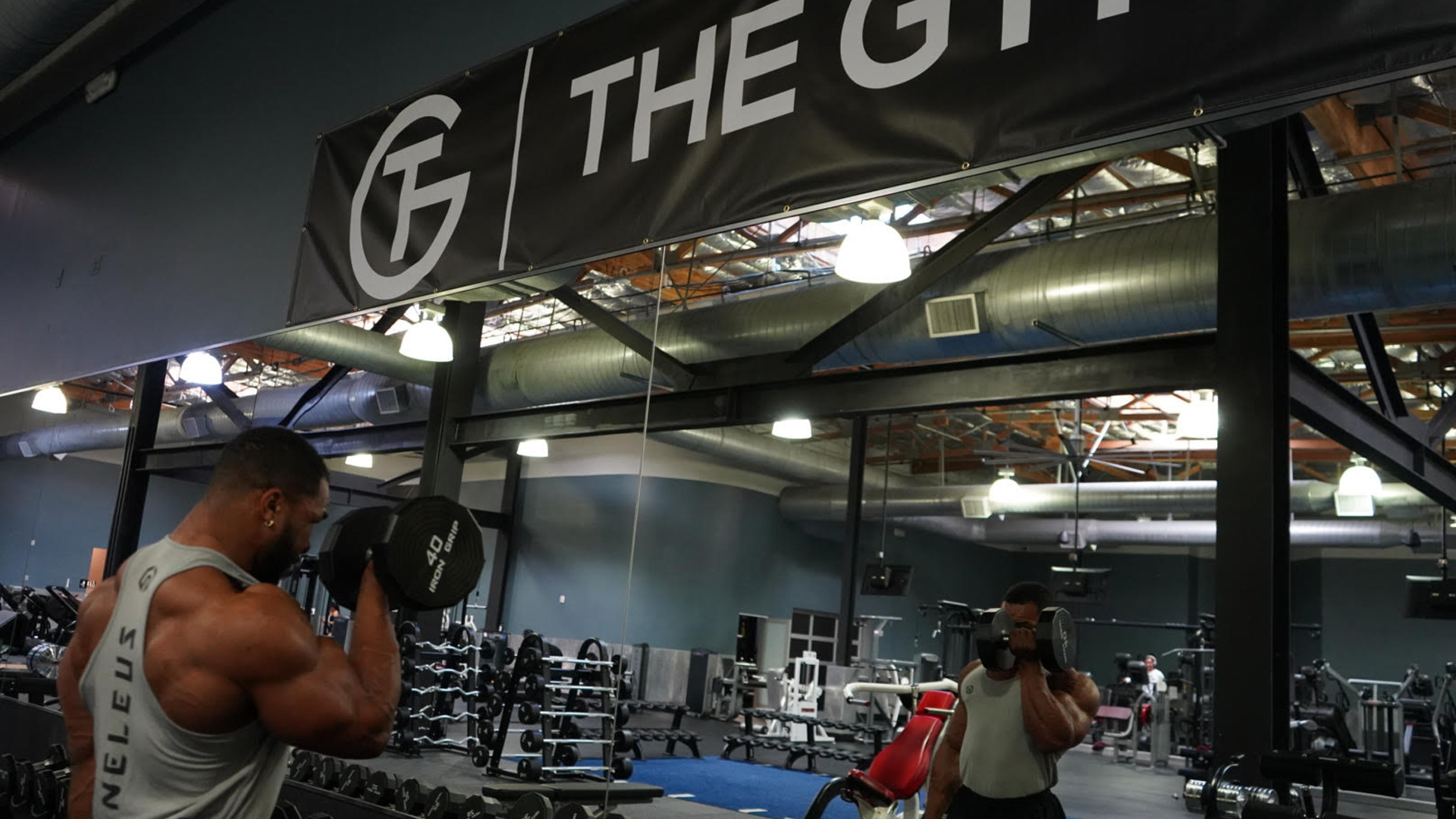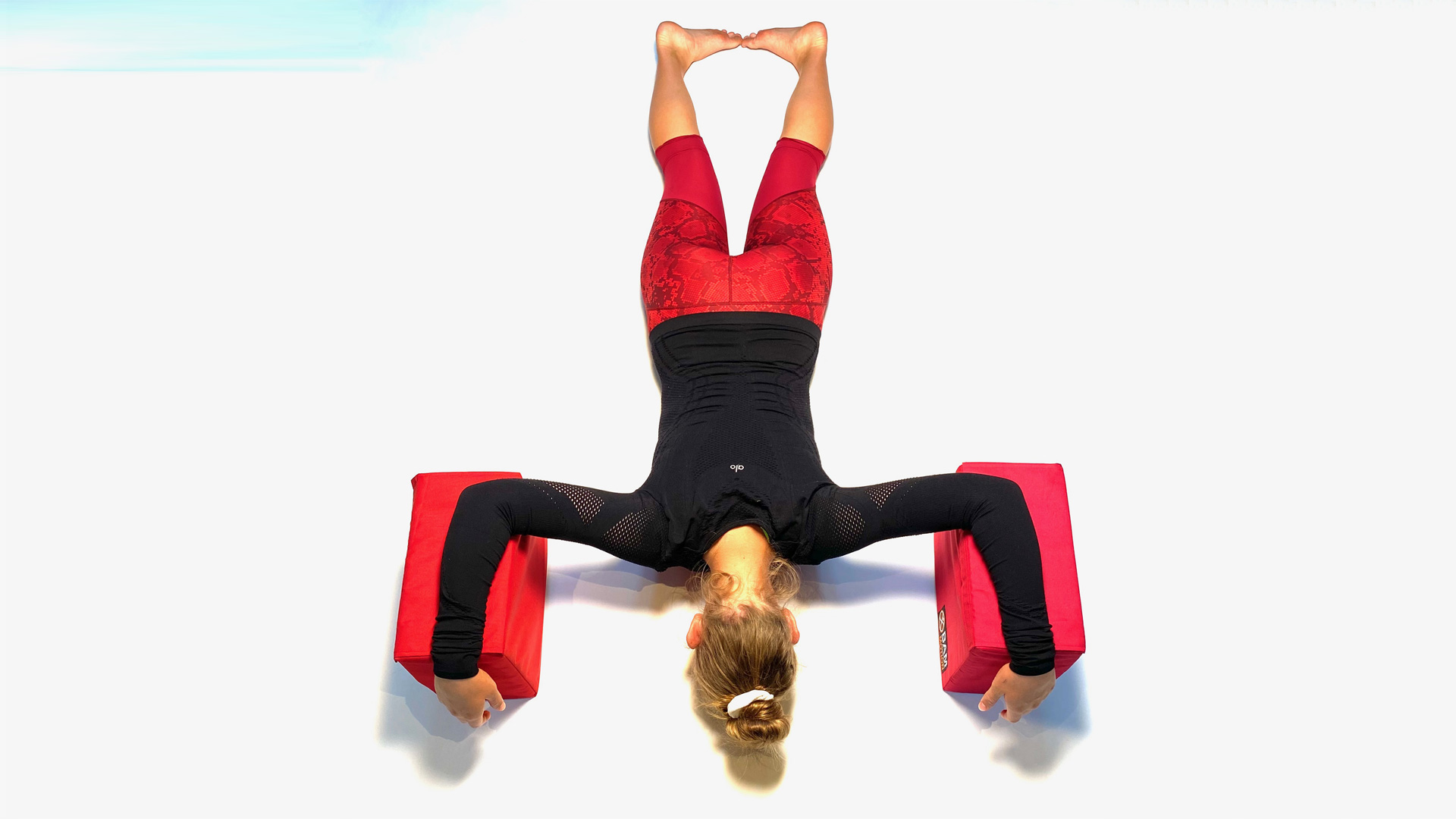All Categories


Training harder is easy. Training smarter takes a lot more skill. As clients get older, the ones who stay strong, lean, and mentally sharp are not maxing out their effort every week. They are the ones who take the time to recover efficiently.
The recovery-first mindset is not about taking a step back, but rather about building forward. Coaches who incorporate recovery as part of the work (not a break from it) help their clients extend their performance, protect their joints, and stay consistent when others burn out.
Pushing volume and intensity every week is a short-term tactic. It looks productive until the plateaus hit. Then come the injuries, the hormonal disruptions, the motivational crashes that feel like they came out of nowhere.
The body is not built for nonstop escalation. Central nervous system fatigue compounds in ways that are not always obvious in a single session but show up over time. It is not that the client got weaker. It is that the recovery window never got the respect it needed.
In fitness, what you can repeat sustainably matters more than what you can survive temporarily. Progress that cannot be repeated is not progress.
Muscle does not grow during a heavy lift. It grows during sleep and structured recovery. Hormonal profiles do not stabilize during workouts. They stabilize when stress is managed outside the gym.
Without planned recovery, cortisol stays elevated, protein synthesis drops, and neuromuscular efficiency declines. Over time, this creates weaker lifts, slower reflexes, and a body that feels older than it is.
Recovery-first programming is not theoretical. It is built on the data showing that clients who periodize rest, manage volume, and prioritize sleep have better outcomes in strength, body composition, and mental health.
Clients will not respect recovery unless you coach them to. Left to their own devices, most will treat rest days like missed opportunities or try to cram extra cardio into a deload week.
It is on the coach to reframe: Recovery is not passive.
Programs that weave in breathing drills, structured low-intensity work, and strategic sleep practices create athletes who can show up year after year, not just for a season.
The warning signs are everywhere: overuse injuries in the knees, shoulders, and hips; plateaus in strength that no amount of extra volume fixes; creeping resting heart rates, trending lower HRV, and motivation dipping without explanation.
When recovery is ignored, clients start questioning their capacity instead of the program. They lose trust in the process and often in themselves. Consistency breaks down. Attrition rates climb. Clients leave, believing they failed, when the truth is the system did not protect them.
Build deloads and active recovery into every cycle, not just when a client feels tired. Teach clients to track subjective fatigue markers like mood, sleep quality, and session enthusiasm.
Use data if you have it, but teach awareness first. HRV drops, higher resting heart rates, and disrupted sleep should cue training adjustments, not just get logged and ignored.
Frame success around sustainability. Celebrate clean reps, consistent effort, and program compliance more than personal records. Train clients to respect how their body feels, not just how much weight they can move.
The clients who age well are not the ones chasing endless progressive overload. They are the ones who recover with purpose. Coaches who train recovery skills as deliberately as they train lifts give their clients durability.
Recovery is not downtime. It is the work. It is the real difference between a strong season and a strong decade.
The best athletes are those who can stay in the game, and the best coaches teach them how.
About Robert James Rivera
Robert is a full-time freelance writer and editor specializing in the health niche and its ever-expanding sub-niches. As a food and nutrition scientist, he knows where to find the resources necessary to verify health claims.
Powering the Business of Health, Fitness, and Wellness Coaching

By Elisa Edelstein

By Elisa Edelstein

By Robert James Rivera

By Elisa Edelstein

By Elisa Edelstein

By Robert James Rivera

Powering the Business of Health, Fitness, and Wellness Coaching
